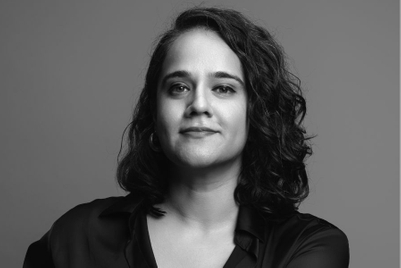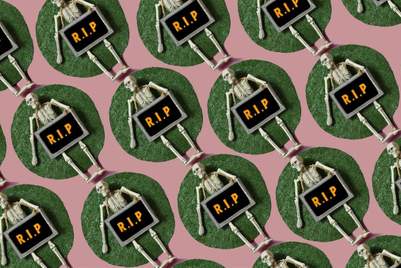
While 71% of marketers agreed that their business was ambitious about delivering creative excellence, only 37% of respondents felt their business had the right capabilities to deliver ground-breaking ideas. This was one of the findings of a global survey of over 300 brand owners worldwide conducted in January-February 2024 by research and insights agency World Advertising Research Center (WARC) and American trade body, Association of National Advertisers (ANA).
The two entities released a new white paper, ‘Building belief: What it takes to instill a culture of creative effectiveness’. This study is part of an ongoing series of initiatives from WARC and the ANA to help brands harness the benefits of creativity in advertising.

The results of the latest report underscore earlier research released by WARC, LIONS and the ANA in 2023 that identified organisational culture as the main blocker to creative excellence at brands.
Despite numerous research studies carried out over the past decade linking creativity to improvements in business performance, marketers still struggle to convince their C-suites of the value of creativity. To help brands address this challenge, WARC released its ‘Building a culture of creative effectiveness’ whitepaper last year.
This initial study, which included interviews with various brands, outlined the ABE Framework—align, build and embed. This framework provides six building blocks designed to help brand organisations deliver on their creative effectiveness agenda through strategies, structures and processes.
The framework is aligned with one of the core strategic pursuits of the Global CMO Growth Council (a partnership between the ANA and LIONS) and has been gaining adoption from leading brands over the past year.

A year on, the survey-led follow-up ‘Building belief: What it takes to instill a culture of creative effectiveness’ white paper, develops quantitative insight and validates the value of the ABE Framework. For marketers looking to benefit from the ‘turbo-boost’ in effectiveness that creativity offers, it is clear that the ABE Framework offers a clear path forward.
Aditya Kishore, insight director at WARC, said, “Over the past year, we have been working to develop Phase 2 of this initiative, exploring the culture of creative effectiveness at brands. It shows that marketers largely lack belief in their ability to deliver creative excellence, despite a strong desire to do so. It demonstrates that to build belief in their creative capabilities, brands need to develop a culture of creative effectiveness.” He added that the ABE framework offers them an opportunity to shift perceptions within their brand organisation and identify the required processes and structures to harness the impact of creativity.
The WARC and ANA study advised brands to start implementing the ABE Framework, emphasising that according to research, each building block adds to creative effectiveness for the brand organisation. Adding more building blocks from the framework can help brands progress further along their ongoing creative effectiveness journey.
Much of the work outlined under the ‘Build’ and ‘Embed’ platform of the ABE framework can be done within the marketing department itself. Getting corporate buy-in will be necessary, but marketers don’t have to hold off on their creative effectiveness journey till they have it.

Bob Liodice, CEO of ANA, noted that transforming the intangible and essential idea of culture into a solid, measurable structure has consistently proven to be an enduring brand challenge. “For the industry to unleash the power of advertising creativity, it is critical to have the right frameworks and the relevant metrics to prove its value,” he added.
The most significant finding from the Phase 2 report is that marketers who deployed three or more building blocks from the ABE framework (3+ marketers) were consistently more successful in delivering creative effectiveness. These marketers were more likely to be able to justify investment in creativity during a recession, connect campaign performance to revenue and sales, and prove the benefits of creativity as well as a host of other benefits.

Brands should adopt the concept of a ‘maturity curve,’ and understand the need to progress beyond just aligning with the C-suite and speaking the language of the boardroom. These are critical, but there is much more to a brand’s creative effectiveness journey.
According to the study, being able to define what “good” looks like can catalyse the journey, and this can be initiated within the marketing department itself.


.jpg&h=334&w=500&q=100&v=20250320&c=1)
.jpg&h=334&w=500&q=100&v=20250320&c=1)
.jpg&h=334&w=500&q=100&v=20250320&c=1)


.jpg&h=334&w=500&q=100&v=20250320&c=1)




.jpg&h=268&w=401&q=100&v=20250320&c=1)


.jpg&h=268&w=401&q=100&v=20250320&c=1)
.jpg&h=268&w=401&q=100&v=20250320&c=1)



